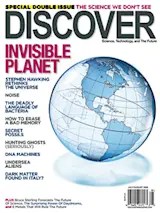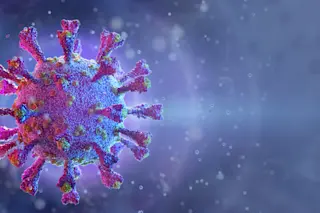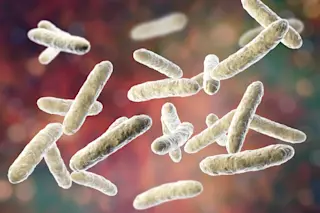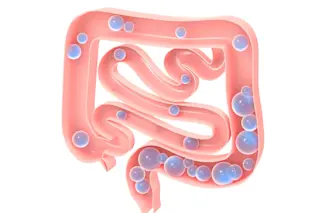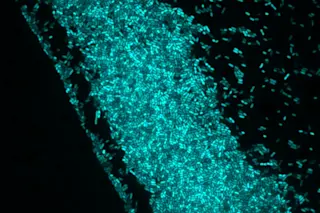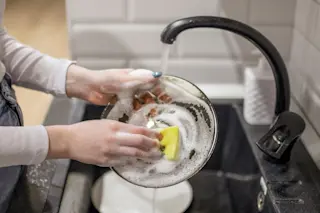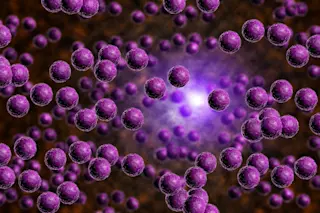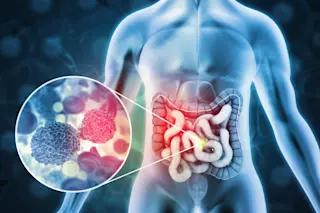Perhaps you notice it after a visit to the dentist.You pass your tongue across the front of your teeth and they feel slick and squeaky-clean. Four hours later, although you might not yet be able to tell the difference, the beginning of a rough fuzz is growing. These are streptococci, the first bacterial settlers in the film that saliva deposits on your teeth. Another four hours and the bridge germs, the fusobacteria, have climbed on board. They are the ones that make it possible for the really bad actors, like Porphyromonas gingivalis, to grab on and start building colonies.
By the next morning, if you still have not brushed your teeth, a definite fuzzy scum is starting to form. If you could look at that fuzz under a microscope without disturbing its structure, you would see towers or entire communities of bacteria, each building upon others. Some of those microbes ...


